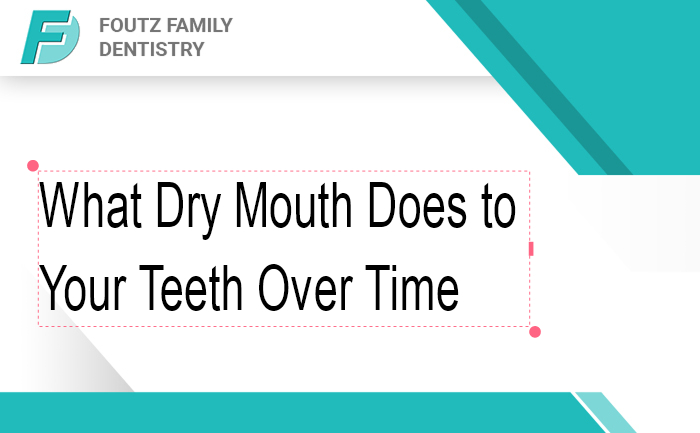You lean over the sink after brushing, and there it is again: a streak of pink in the foam. It’s easy to shrug off, but bleeding gums can be a sign of something more serious. They’re your body’s way of signaling an issue, and the longer you ignore it, the worse it can get.
A little blood may not feel alarming, but your gums are tied to the overall health of your teeth. Knowing what causes bleeding, what it might mean, and when to see a dentist can save you from bigger dental problems later.
Common Causes of Bleeding Gums
Most often, bleeding gums come down to plaque. When plaque clings to the gumline, it can irritate and inflame the tissue, becoming gingivitis. This condition makes your gums more fragile and prone to bleeding. If you’ve been skipping flossing, or if you’ve been brushing too hard or too quickly, your gums may develop small abrasions that bleed.
Other factors play a role, such as:
- Certain medications can thin blood and make gums bleed easier.
- Lack of vitamins C and K can weaken gum tissue.
- Hormonal shifts, especially during pregnancy or menopause, can increase gum sensitivities.
- Brushing with a stiff-bristled toothbrush can scrape and irritate otherwise healthy gums.
Gum Disease Warning Signs You Shouldn’t Ignore
Bleeding can be concerning, but if there are other symptoms, you could develop gum disease. Watch for swelling, redness, tenderness, or receding gums (that pull back from your teeth). Chronic bad breath is another sign that bacteria are thriving where they shouldn’t.
If gum disease progresses to periodontic, the infection can reach deep into your tissues and the bone holding teeth in place. This turns bleeding gums into loose teeth, which makes chewing painful and could indicate a risk for tooth loss. Spotting the warning signs early gives you an advantage when seeking professional dental care.
The Role of Brushing Technique and Toothbrush Type
Sometimes bleeding gums isn’t caused by disease but by the way you brush. Scrubbing too hard can make gums sore and prone to bleeding. The same goes for using a toothbrush with hard, firm bristles. Gentle pressure and a soft-bristled toothbrush are recommended for a thorough clean that won’t cause gum damage.
Brush at a 45-degree angle toward the gumline, then use small circular motions instead of sawing back and forth. Add daily flossing to clear plaque from between teeth, where your toothbrush can’t reach. The right technique can often improve gum health within a few days.
When to See a Dentist About Bleeding Gums
An occasional spot of blood may not be cause for alarm, but consistently bleeding gums could be detrimental to your health. If your gums bleed daily, if the problem worsens, or if you notice other symptoms like receding gums or persistent bad breath, schedule a dental checkup with Fouz Family Dentistry.
We can help determine whether you’re dealing with simple irritation, gingivitis, or something more advanced. Early treatment can restore gum health, protecting your gums and teeth from long-term damage.













